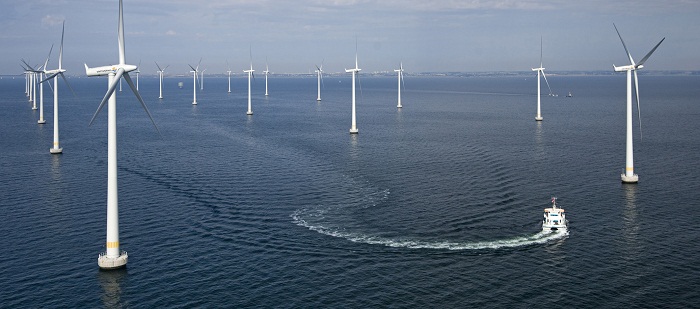Swedish firm, VR Holding AB that was to construct Africa’s largest wind power plant in Malindi, Kenya at a cost of US $2.5bn has relocated the investment to Tanzania, citing frustration by Kenyan authorities.
VR Holding AB had last year expressed interest in building a 600MW wind farm in the Indian Ocean waters bordering Ras Ngomeni in Malindi. However, Ministry of Energy officials turned down the request citing lack of a framework for renewable energy projects of that scale as well as low demand for electricity in the country.
The firm’s executives said they have switched their focus to Tanzania, which shares the Indian Ocean coastline. “We have opted to look at offshore solutions for Tanzania,” Victoria Rikede, an executive at the company said.
“Kenya is proving to be a very difficult place and besides the grid is too weak to absorb all the power produced and therefore mini-grids is the solution for now,” she added.
Kenya, East Africa’s largest economy, has recently been losing mega investments to Tanzania, including a crude pipeline deal with Uganda.
Ministry of Energy officials reckoned that a huge power plant would leave the country with excess power. This in turn will only force consumers to pay billions of shillings annually for electricity not used; which would also dim the government’s quest to deliver cheaper power through renewable sources.
Kenyan authorities, upon receiving the application, had directed the Swedish company to construct a smaller capacity project. “The company was to give us a proposal for a smaller capacity plant of 50MW. They are yet to do so,” said Isaac Kiva, the Director of Renewable Energy at the ministry.
The Malindi offshore location was identified by the World Bank, according to the Swedish firm’s executives. They put the cost of generating electricity from the offshore wind farm at US $ 4.1m per megawatt.
This means the 600MW offshore wind park would cost a total of US $2.5bn, which would be the single most expensive private project in East Africa.
Ms. Rikede, however, did not wish to disclose the consortium behind the inconclusive venture. In rejecting the mega power plant, the ministry vouched for a phased implementation that brings power on stream gradually, in tandem with growth in demand.
Wind power
“Wind is an intermittent power source. Therefore, we cannot approve such a big plant in one location since it will come with huge costs tied to power supply reliability and transmission,” Mr Kiva had said earlier.
Kenya’s renewable energy framework provides only for small and medium-sized projects under the feed-in-tariff (FiT) system, which fixes electricity prices for wind and solar projects of up to a capacity of 50 megawatts.
The only project outside this limited framework is the 310-megawatt Lake Turkana Wind Power in northern Kenya. It was built at a cost of US $678m. Despite its completion the electricity is still not in use. This is mainly due to lack of a transmission line, subjecting consumers to a US$ 55m fine.


Great article. Thanks